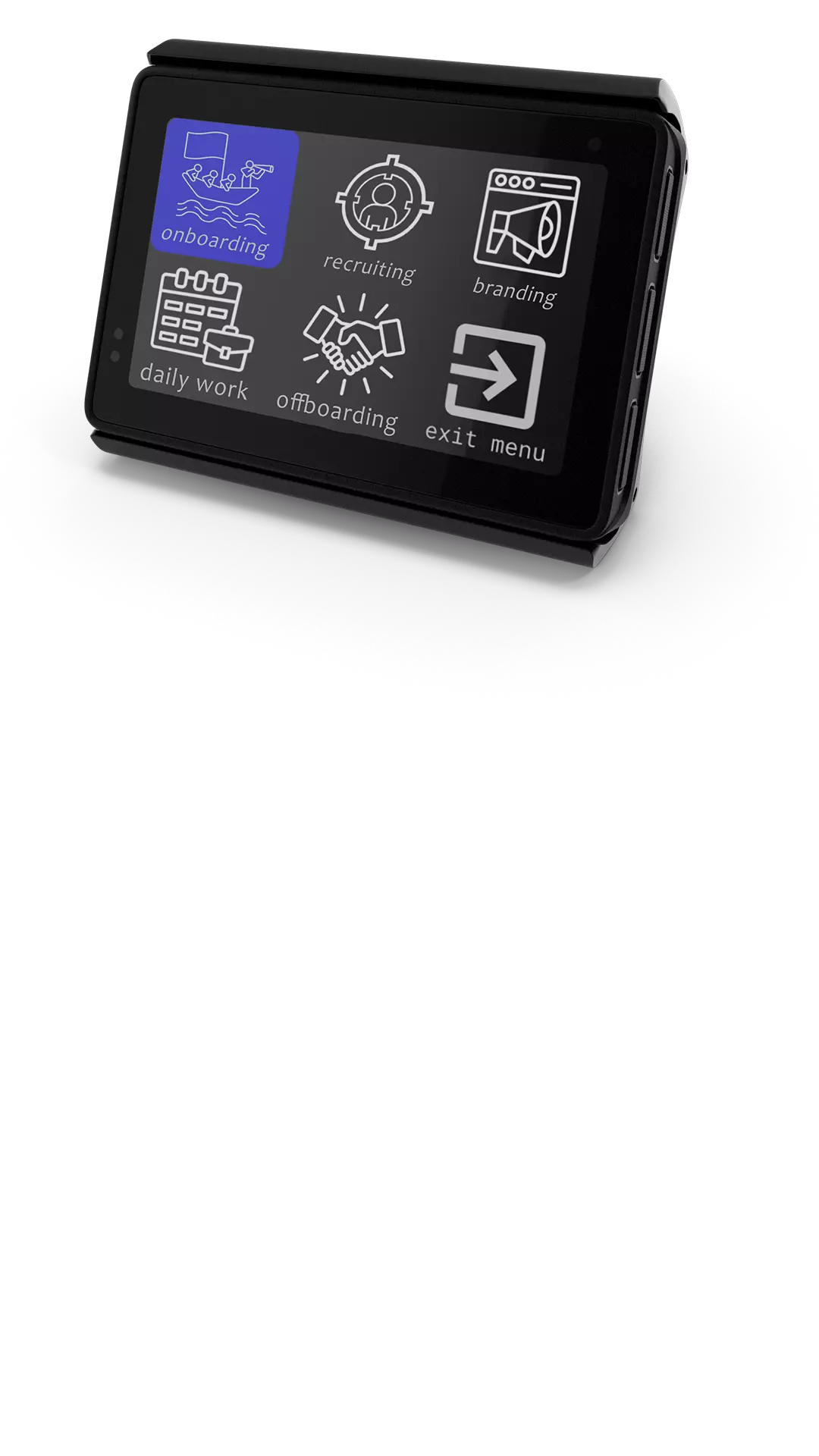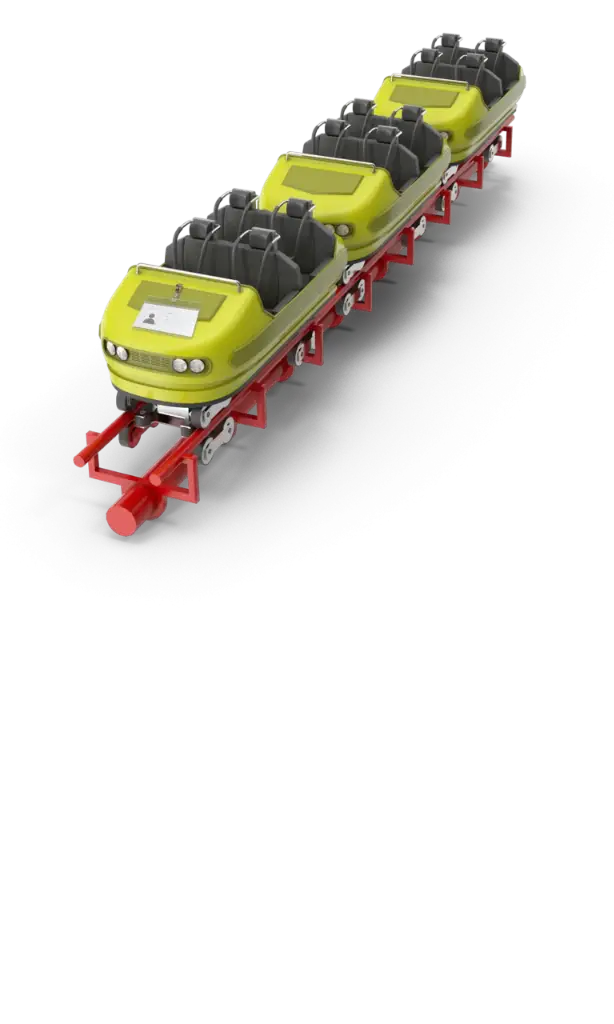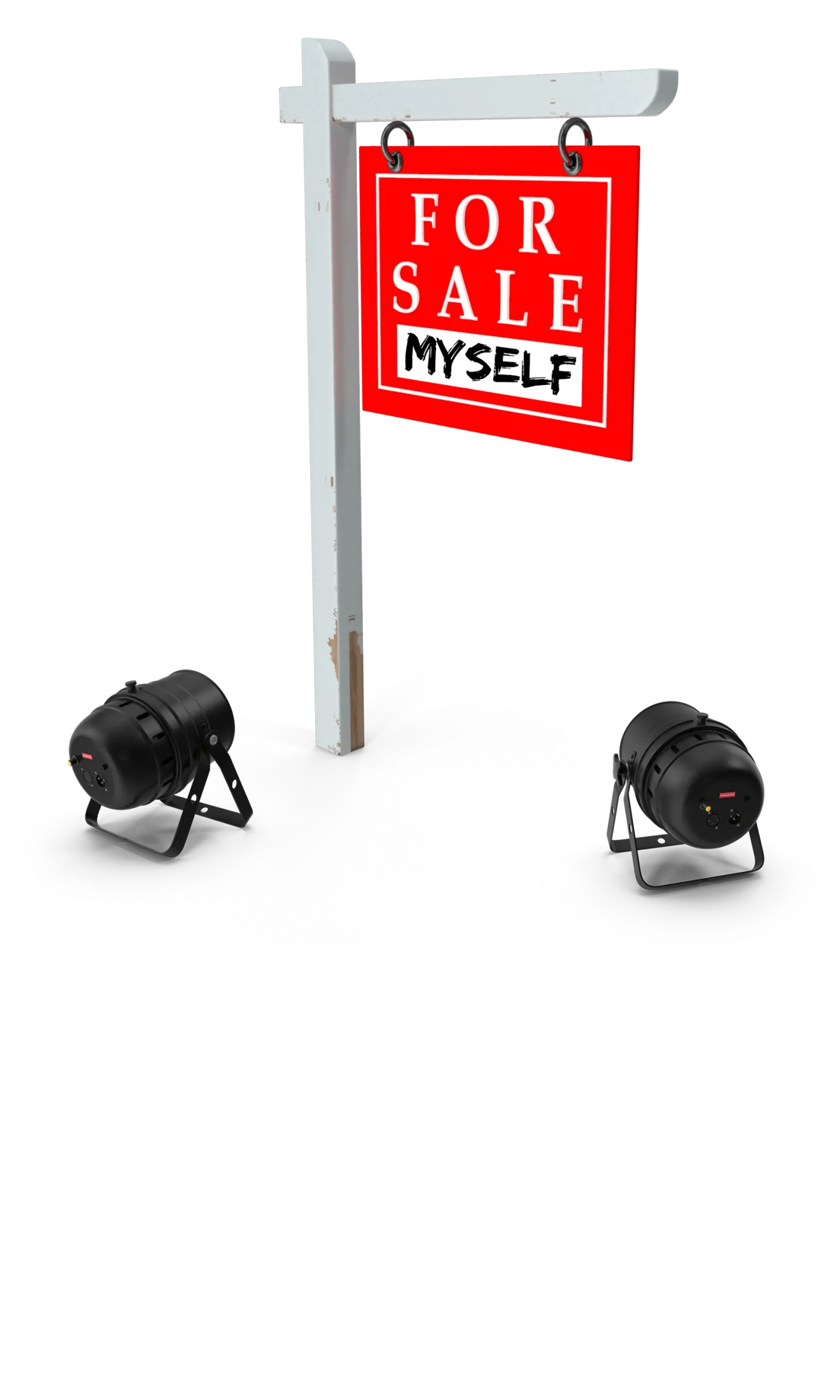Canvases & Tools
Crisis Management Checklist
IN a nutshell
The Crisis Management Checklist consists of an easily usable chart in which you can categorize Crisis Communication Management goals and related solutions in order to monitor the process and restore the status quo.


This tool may suit you if you are facing these challenges:
- What measures do I need to implement in order to have excellent crisis management?
- How necessary is it to have an ad hoc team dedicated to this specific type of crisis?
- What is the most efficient way to handle a communications crisis?
- Should I adopt preventive measures?
What is it for?
How to handle crisis communication management
Unfortunately, sooner or later, every company is likely to go through a particularly difficult period. Should a business crisis arise, the number one rule is to avoid panic and stay in control of the aspects which are yours to control. You will need, therefore, to follow preliminary guidelines and have a plan on which to base your actions. This tool can give you a hand in planning and keeping on top of emergency management.
How to use it
A step-by-step guide
STEP 1
Consult the chart to consider one by one the main objectives and tasks to be accomplished when a crisis occurs. You can always add or change them depending on the crisis you’re facing. Professional management makes it possible to minimize potential damage, communicate transparently and reliably, and defend the company’s reputation. This should all start with prior monitoring that allows for timely action under pressure, while maintaining information sovereignty. Crises should be managed, not suffered!
STEP 2
Assess the skills and ability to perform under pressure of your communications, management, and human resources teams. Identify the right people and charge them with individual tasks; work together to find the needed solution. In this way you will compose an ad hoc, coordinated, and reliable team which is aware of what needs to happen.
STEP 3
Now is time to take the identified steps and try to complete them in a very short time frame. But don’t get caught up in the rush: the main goal is to not lose your room to maneuver or, if you do, to recover it as quickly as possible. And, once the current issue has been resolved, don’t forget the professional follow-up, which helps to identify mistakes made and optimize performance in the future.
Download now!
Learn to ride
Ready to surf the digital wave and become a leader in your industry? Join Execute.club, where executives and managers like you can access resources, connect with peers, and get the no-nonsense help you need to succeed in the digital era.
don’t leave the game
Do you need another ace in the hole?
Here you can find more tools:

Canvases & Tools
Digital Collaboration Tools
March 15, 2023

Canvases & Tools
Crisis Management Checklist
March 15, 2023

Canvases & Tools
Digital HR Transformation Canvas
March 15, 2023

Canvases & Tools
Grassroots Campaign Pillars
March 15, 2023

Canvases & Tools
Digital PR Canvas
March 15, 2023

Canvases & Tools
Digital Transformation Canvas
March 15, 2023

Canvases & Tools
Editorial Plan Canvas
March 15, 2023

Canvases & Tools
Employee Experience Canvas
March 15, 2023

Canvases & Tools
Innovation Strategy Canvas
March 15, 2023

Canvases & Tools
Personal Branding Canvas
March 15, 2023